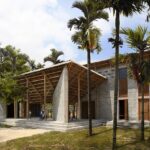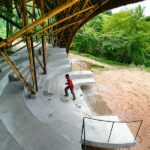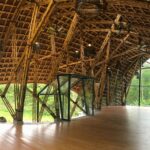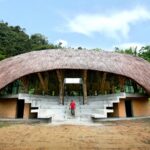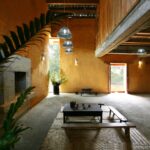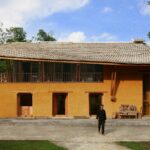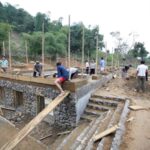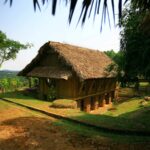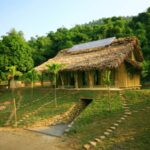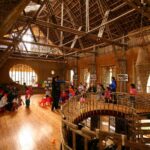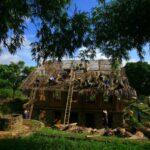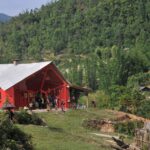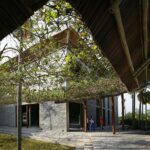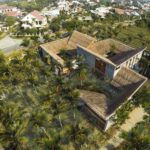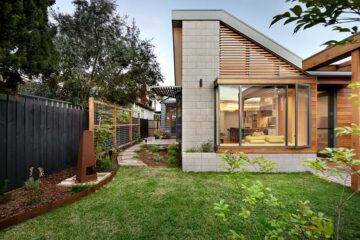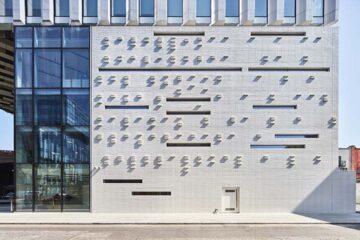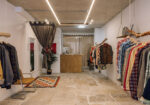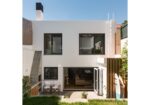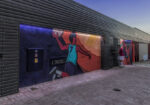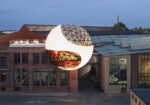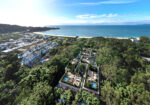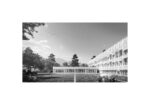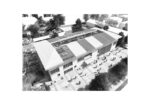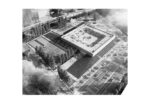Revitalizing Rural Communities: Vietnamese Vernacular Construction by 1+1>2 Architects

In alignment with the United Nations World Tourism Organization’s focus on rural development, architecture firm 1+1>2 Architects in Vietnam has been spearheading projects aimed at leveraging tourism to stimulate economic growth in rural areas. By tapping into traditional architectural practices and engaging local communities, these initiatives not only preserve cultural heritage but also offer opportunities for employment and prosperity.
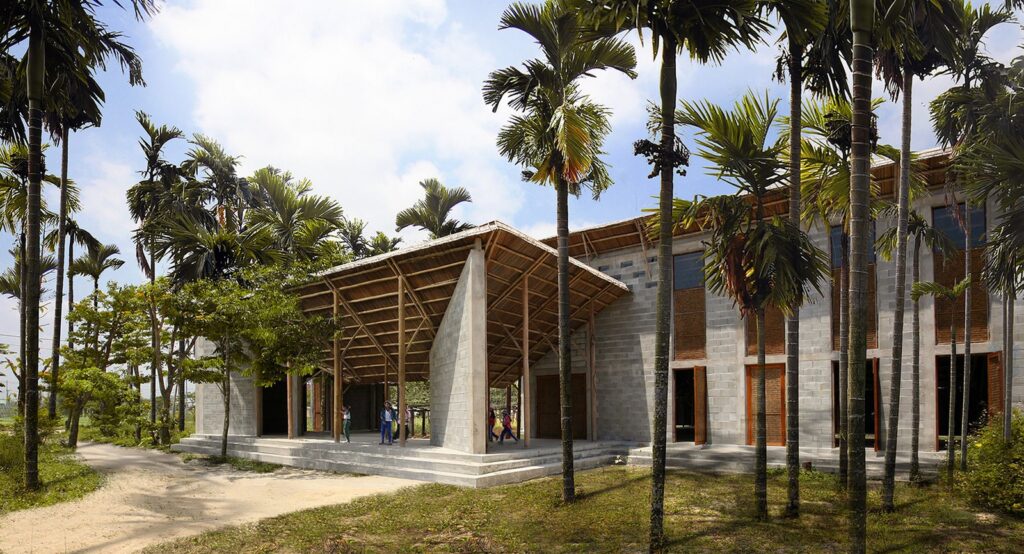
Embracing Cultural Heritage
1+1>2 Architects, led by Chief Architect Hoang Thuc Hao, has been instrumental in designing and constructing community houses that celebrate the rich cultural heritage of Vietnam. These projects not only serve as functional spaces but also serve as tourist attractions, showcasing unique vernacular construction techniques and traditional craftsmanship.
Community-Centric Approach
Central to 1+1>2 Architects’ ethos is the involvement of local communities in the design and construction process. Since 2009, they have been collaborating closely with villagers, soliciting their ideas and incorporating their cultural customs into the architectural designs. By fostering social cohesion and promoting economic development, these community houses become integral to village life.

Suoi Re Village Community House
The Suoi Re Community House (2010) exemplifies the firm’s commitment to integrating traditional building practices with modern sensibilities. Designed to withstand the region’s climatic conditions, the house features a layered spatial structure that optimizes natural ventilation and thermal comfort. Drawing inspiration from both Kinh and Muong architectural traditions, the house harmoniously blends into its natural surroundings.
Ta Phin Community House
Similarly, the Ta Phin Community House (2012) pays homage to local culture while incorporating eco-friendly materials and energy-saving technologies. Inspired by the traditional red scarf worn by Dao women, the house serves as a hub for handicrafts, cultural activities, and agricultural training. Its sustainable design reflects the firm’s holistic approach to community development.

Cam Thanh Community House
The Cam Thanh Community House (2015) serves as a testament to resilient design and adaptive reuse. Functioning as a space for climate change adaptation training and cultural activities, the house seamlessly integrates into its rural landscape. By incorporating traditional building techniques and green technologies, the house embodies the firm’s commitment to sustainable development.
Nam Dam Homestay and Community House
Innovative architecture meets cultural preservation at the Nam Dam Community House (2017), which serves as the heart of the village. Constructed using rammed earth walls and modern materials, the house exemplifies the firm’s “Happiness Architecture” philosophy. Its sloped roof and interconnected spaces symbolize harmony with nature and community.
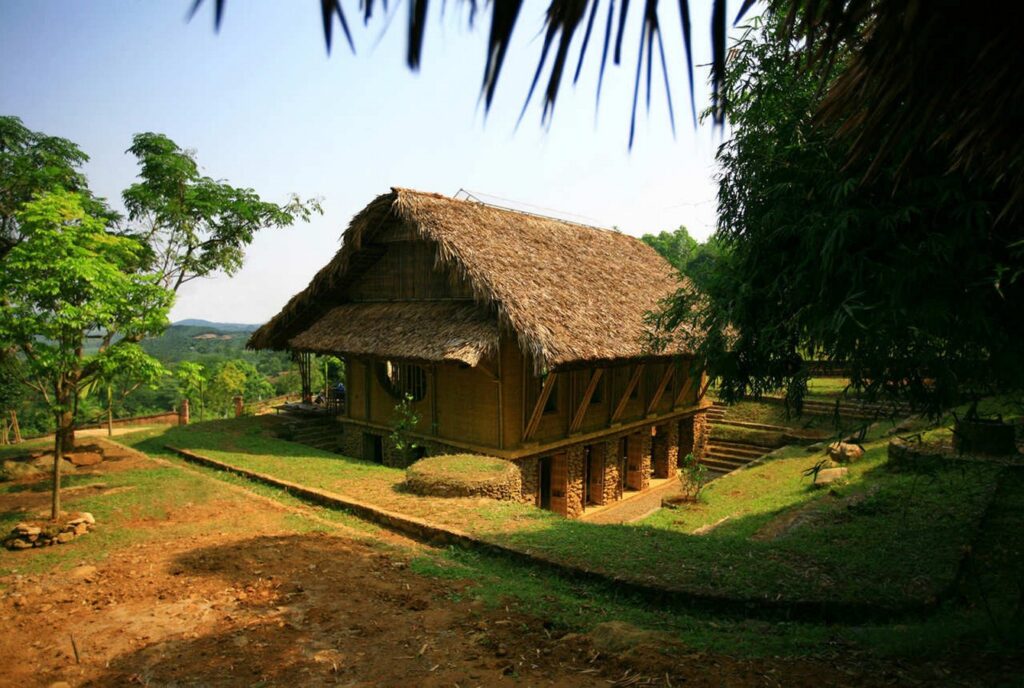
Preserving Cultural Identity
Through their collaborative approach and vernacular design principles, 1+1>2 Architects are not only revitalizing rural communities but also preserving Vietnam’s rich cultural heritage. By bridging tradition with innovation, these community houses serve as beacons of sustainable development and social progress in the Vietnamese countryside.
- DCIM100GOPROG0225875.


